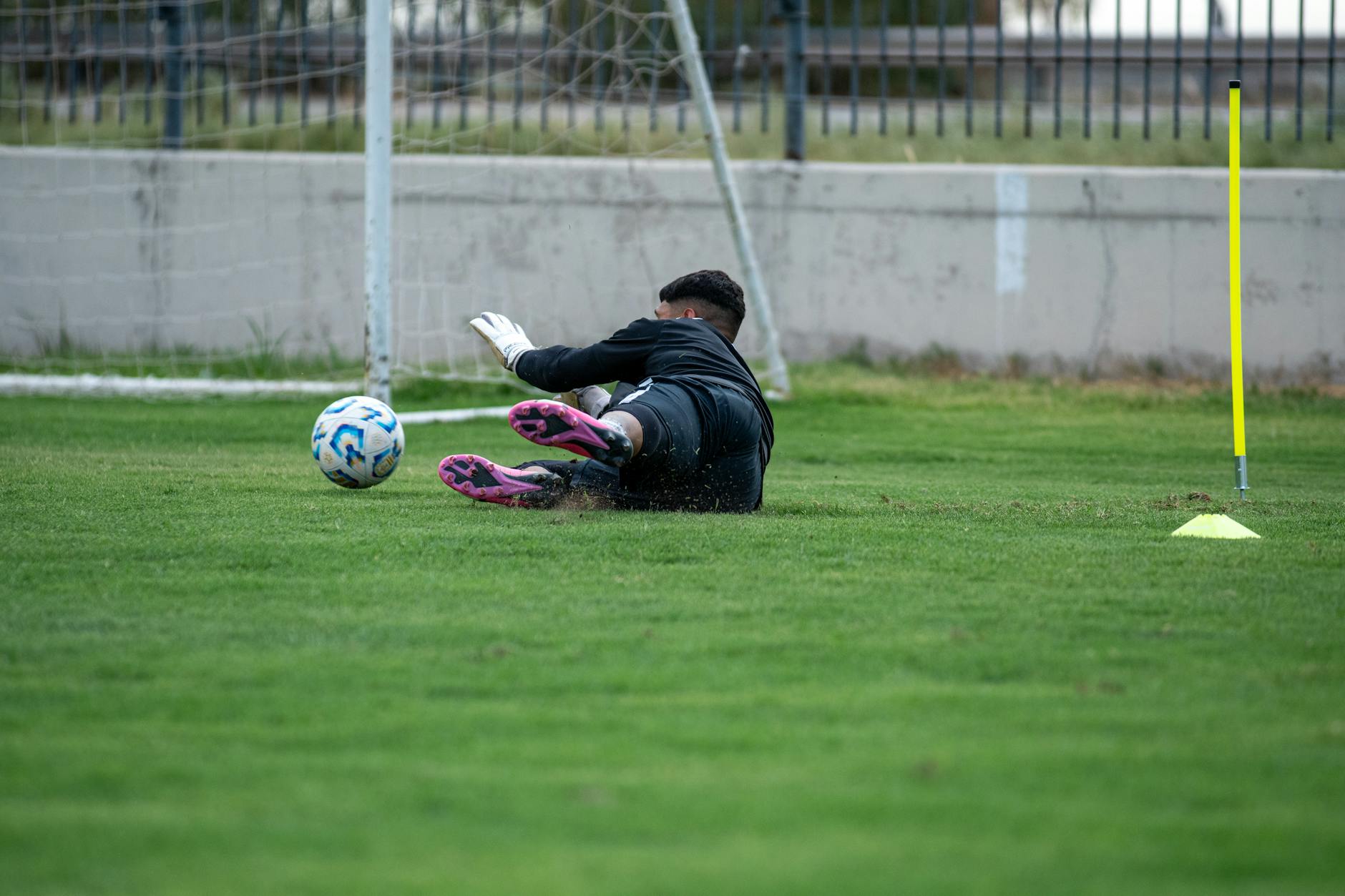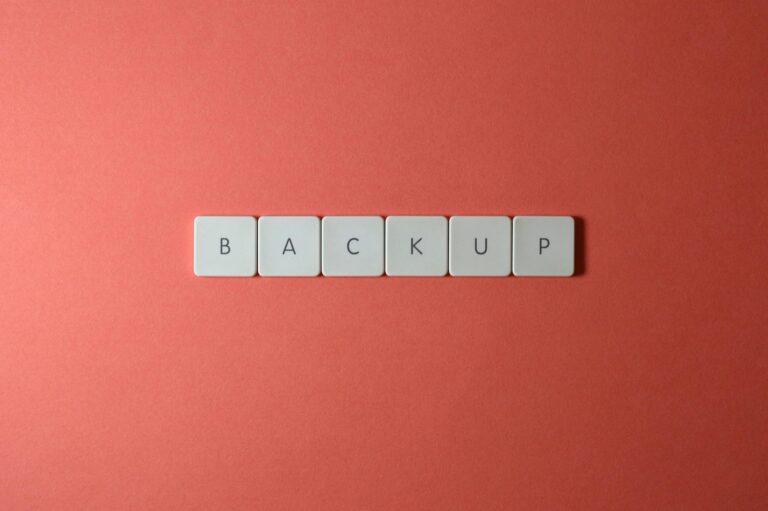PBOC Steps In: Can They Really Shield the Yuan From the Dollar’s Grip?
Let’s be honest—the yuan’s been taking a beating lately. Just hit a two-month low against the unstoppable US dollar. And you know what happens when China gets nervous about currency swings? The People’s Bank of China (PBOC) jumps into action. But here’s the thing: this isn’t just about keeping things stable at home. It’s China’s latest attempt to push back against the dollar’s global dominance. Question is, will it actually work?
Why the Yuan’s Been Struggling
Okay, so why’s the yuan falling? Couple reasons. First off, the US dollar’s on a tear—thanks to those aggressive Fed rate hikes and everyone treating it like a financial safety blanket. Meanwhile, China’s economy? Not looking so hot. Consumers aren’t spending like they used to, the property market’s a mess, and trade imbalances are making everyone jittery. Oh, and let’s not forget the speculators betting against the yuan. Perfect storm, really.
Now, a weaker yuan isn’t all bad—it makes Chinese exports cheaper overseas. But here’s the catch: imports get more expensive, which screws over businesses relying on foreign materials. And foreign investors? They’re getting nervous, eyeing the exits. It’s like watching dominoes line up across global markets.
What China’s Central Bank Is Doing
So how’s the PBOC fighting back? They’ve got this daily reference rate thing—basically setting boundaries for how much the yuan can move. Lately, they’ve been adjusting it more aggressively to stop the freefall. Smart move, but they’ve played this card before.
And it’s not just numbers. The PBOC’s been throwing some serious shade at currency speculators—basically saying “back off, or else.” Some analysts think they might dip into China’s massive foreign reserves next. But that’s like using your savings account to pay off credit card debt—works for a while, but not forever.
Will This Actually Work?
Short term? Maybe. The PBOC’s moves could calm things down temporarily. But long term? That’s where it gets messy. See, China can’t control what the Fed does with interest rates. And domestically, there’s still that massive debt problem and the property market crisis hanging over everything like a dark cloud.
Here’s the real kicker: hedge funds are still betting against the yuan. They don’t think China can hold out against the dollar’s strength indefinitely. And honestly, they might be right. The PBOC’s fighting with one hand tied behind its back.
What This Means for Everyone Else
This isn’t just China’s problem. If the yuan keeps sliding, we could see another round of US accusations about currency manipulation. And other emerging markets? They might feel forced to devalue their own currencies to stay competitive. That’s how currency wars start—and nobody wins those.
Investors are already adjusting their strategies. Some are piling into the dollar (safe haven and all that), while others are hunting for bargains in emerging markets. The yuan’s next moves will determine a lot in the coming months.
What the Experts Are Saying
“The PBOC’s in a tough spot,” one Bloomberg economist told me. “The dollar’s got all the momentum, and China’s economic issues aren’t helping.” Others think Beijing’s still got a few tricks up its sleeve—maybe stricter capital controls or some economic stimulus.
After the PBOC stepped in, the yuan did recover a bit. But the dollar? Still sitting near multi-year highs. Unless something changes with Fed policy, we’re probably in for more turbulence ahead.
The Bottom Line
Look, the PBOC’s intervention might buy some time. But the yuan’s future depends on bigger forces—what the Fed does next, whether China’s economy can bounce back, and how global investors are feeling. Keep an eye on Washington and Beijing’s next moves, plus key economic data. One thing’s clear: China’s not giving up this fight. But the dollar? That’s one tough opponent.
Source: Livemint – Markets












